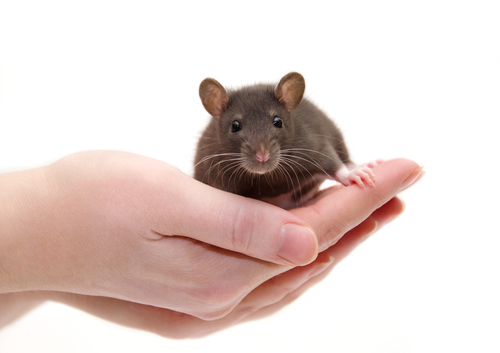Sex Influences Motor Symptoms in Rat Model of Hypoxia-induced CP, Study Shows

A new rat model of cerebral palsy (CP) with both muscle stiffness (spasticity) and involuntary muscle contractions (dystonia) may help researchers better understand the mechanisms leading to these motor symptoms in humans, and help with the development of more effective treatments.
The study was the first to look at spasticity and dystonia separately in rats, and it showed that sex appears to influence motor symptoms: male rats are more prone to spasticity, while female rats are more dystonic.
The study, “Sex may influence motor phenotype in a novel rodent model of cerebral palsy,” was published in Neurobiology of Disease.
People with CP usually have a combination of muscle stiffness and involuntary muscle movement, but studying how these motor symptoms affect patients has been limited because of the many different forms of brain injury causing CP. These include premature birth, infections, and exposure to very low levels of oxygen in the final stages of gestation.
Using animals as a model of the disease can overcome some of these limitations, because the conditions causing brain injury can be more tightly controlled. However, it can be difficult for researchers to distinguish between spasticity and dystonia, preventing them from drawing conclusions regarding disease mechanisms.
Researchers developed an animal model of CP that displayed both spasticity and dystonia, which could be easily differentiated using electrophysiologic markers of these motor symptoms.
The model was created by exposing animals to very low oxygen levels (hypoxia) over 12 minutes, mimicking the severe disability caused by asphyxia during gestation. Animals were 7 to 8 days old at the time of exposure, corresponding to 37 weeks of gestation in humans. Control rats were put on a similar chamber with normal oxygen levels.
When the animals were 27 to 29 days old, equivalent to late childhood or adolescence in humans, they were examined for signs of spasticity and dystonia.
Because spasticity is associated with over-responsive reflexes (hyperreflexia), researchers used the Hoffman reflex — which measures the stretch reflex in tendons (the tissue that connects a muscle to the bone) after stimulation with an electric current — to identify this motor symptom.
The Hoffman reflex has been shown to shift in rats, children and adults with spinal cord injury and CP. It does not change with dystonia.
Dystonia was measured using an electromyograph, which measures the electrical activity produced in the muscles. The researchers studied the signals in two muscle groups in the leg: the tibialis anterior and the triceps surae. They chose these muscles because they control the movement of the feet, and turning or flexing the foot is common in dystonia.
Dystonia symptoms depend on how alert a person or animal is, so the researchers used anesthesia to compare different states of alertness: sedated and awake.
They found that hypoxia exposure affected rats differently depending on sex. Only males demonstrated motor impairment, and only males had significantly higher measurements for spasticity after being exposed to hypoxia.
Females, on the other hand, did not show higher spasticity score after hypoxia, but did show significantly higher scores of dystonia when awake.
“These results require human clinical confirmation, but suggest that sex could play a critical role in the motor manifestations of neonatal brain injury,” the researchers said.
The rat model also provides a controlled way to study the differences between, and possible treatments for, spasticity and dystonia after brain injury at birth, they said.


